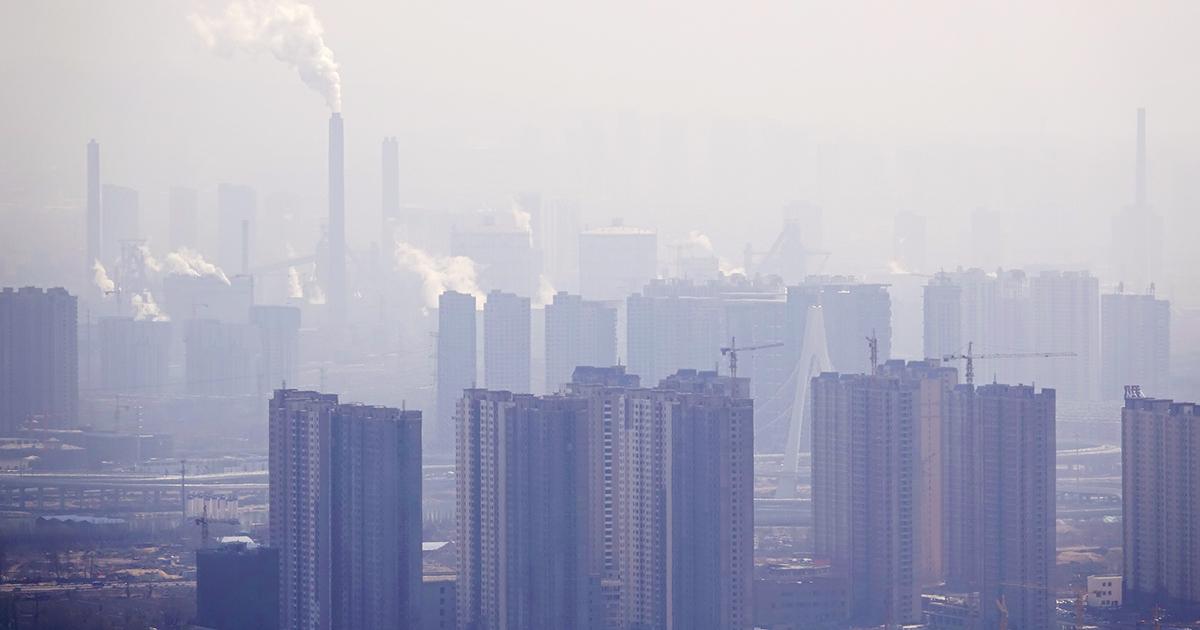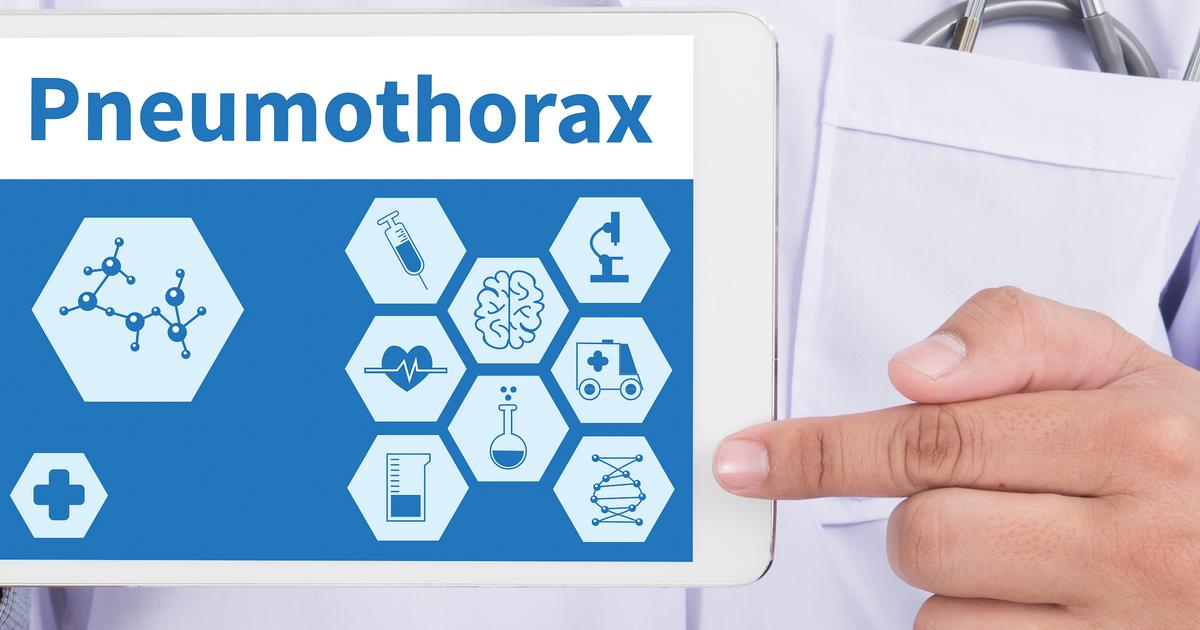What Are The Causes, Risk Factors, And Complications Of Emphysema?
When an individual has emphysema, the muscles that give them the ability to breath have to work harder than usual and become worn out sooner. The most common indicator of emphysema is when an individual continually feels short of breath. Other indications include a persistent cough, chest tightness, wheezing, and chest pain. Most manifestations of emphysema will become worse upon physical exertion. These symptoms develop slowly as the disease progresses. Most individuals diagnosed with emphysema experience initial symptoms between forty-five and sixty years old. Emphysema is staged upon diagnosis. The stages of emphysema range from Group A to Group D. The stage is determined by breathing function, frequency of flare-ups, and severity of symptoms. Several factors increase the risk of developing emphysema. There are several causes of this disease and numerous complications that may result from it.
Chemical Dust And Fumes

Chemical and dust fumes have been known to be a key risk factor in the development of emphysema. Most individuals exposed to these factors have occupations in mining, cleaning, manufacturing, firefighting, railroads, truck driving, and manicuring. Individuals who work around rubber, leather manufacturing, textile manufacturing, coal mines, plastics, and construction utilities are at an elevated risk for developing emphysema over time. Fumes from diesel fuel have also been identified as a risk factor. Cleaning solutions made for use at an industrial level are incredibly irritating to the respiratory tract. The chemicals used in nail salons by manicurists are also a culprit for extended exposure to chemical fumes that can cause scarring in the lungs. Exposure to chemical dust and fumes over an extended period can cause the alveoli or tiny air sacs in the lungs to become irreversibly damaged. Air pockets develop in between the damaged air sacs in the lungs, and more air becomes trapped in the pockets as the disease progresses. The lungs become enlarged due to this mechanism, making it difficult for the affected individual to breathe.
Secondhand Smoke Exposure

Secondhand smoke exposure has been proven to be an increased risk factor for the development of emphysema in a non-smoking individual. Secondhand smoke is the term used to describe the combination of smoke exhaled by smokers and the burning end of a tobacco cigarette, pipe, or other tobacco apparatus. Over seven thousand chemicals are present in secondhand smoke, and over 250 of them are proven to cause illness. Some of these toxins include nicotine, benzene, arsenic ammonia, formaldehyde, vinyl chloride, and hydrogen cyanide.
Secondhand smoke is especially dangerous and harmful when it is present in a motor vehicle, home, or other poorly ventilated structures. Even when an individual is finished smoking, the toxic chemicals stay in the air and can be inhaled for an average of four hours. Non-smokers who inhale secondhand smoke fumes are putting poisonous and harmful chemicals like nicotine into their lungs the same way smokers do. Individuals who do not smoke but reside with an individual who does have shown to have the air pockets in their lungs that develop into emphysema.
Air Pollution

An individual who lives in areas with high levels of air pollution is at a higher risk for developing respiratory diseases, including emphysema. Air pollution is defined as the presence of a substance in the air with poisonous or harmful effects. Air pollutants differ from place to place and are also influenced by various seasons, weather conditions, and times. Pollutants in the air that are a result of the burning of substances such as coal, fuel, wood, and agricultural products have been known to cause lung and airway inflammation. These pollutants are considered particulate pollutants because they contain very tiny microparticles that are small enough to reach the alveoli in an individual's lungs. The toxic elements produced from burning coal and other materials include mercury, selenium, arsenic, fluorine, and sulfur oxides.
Urban cities have the highest concentration of air pollution because of the increased volume of vehicle and industrial emissions. Even air pollution from indoor activities aside from smoking tobacco can cause lung inflammation. These activities include the burning of coal or wood to cook food or to heat a residence. Burning wood or coal indoors regularly for long periods can put individuals at a higher risk of developing emphysema.
Pneumothorax

Pneumothorax is the medical term used to describe a collapsed lung. This is a complication that can arise in an individual affected by emphysema. The pockets of air in the lungs that develop in emphysema patients cause further air leakage into the region that lies between the lung and chest wall. This mechanism creates a reverse pressurized effect on the lung because the air in this region causes the lung to become compressed into itself from several directions. When the lung can no longer sustain its structure under this pressure, all or part of it collapses. When an individual experiences a pneumothorax, they feel sudden and intense chest pain accompanied by shortness of breath. This type of collapse in the lung is often a life-threatening condition that requires prompt medical intervention. A collapsed lung is typically treated with the insertion of a needle into the space between the chest wall and the lung to remove the excess air, and to relieve pressure on the collapsed lung. While a pneumothorax can occur for no known reason in healthy individuals, those affected by emphysema experience collapsed lungs more frequently.
Heart Issues

There is a broad range of heart issues that commonly occur in individuals affected by emphysema as a complication of their disease. Progressive pulmonary vascular disease, coronary artery disease, pulmonary hypertension, and right ventricular dysfunction are the most common of these. Because individuals with emphysema cannot intake oxygen as effectively as healthy individuals, the small arteries in the lungs undergo structural changes that cause them to become hard and stiff. These hardened arteries cause the blood to exert an abnormally high amount of pressure against the walls of the pulmonary arteries, otherwise known as pulmonary hypertension. The low blood oxygen levels that occur from the emphysema damage in the lungs cause the patient's heart to work faster and harder. Over time, this increased workload can cause the side of the heart that pumps blood to the lungs or the right ventricle to become enlarged. When it becomes enlarged, the right ventricle can no longer pump blood to the lungs effectively. Most heart issues in emphysema patients are a direct result of the heart attempting to compensate for the shortcomings of the damaged lungs.
